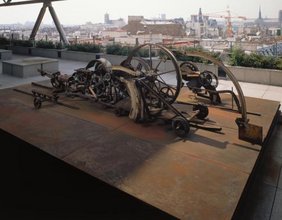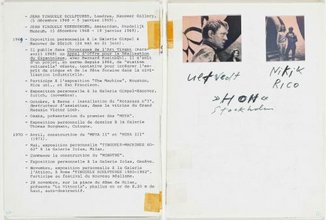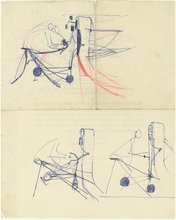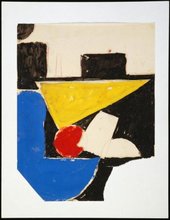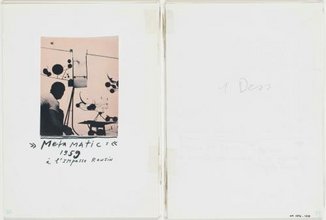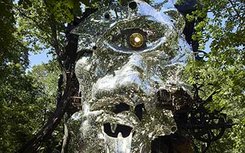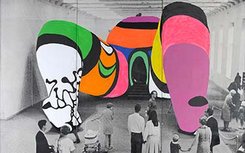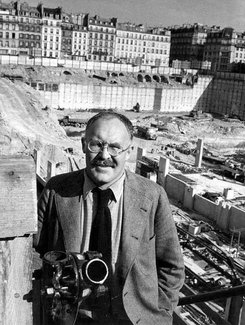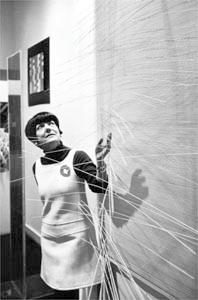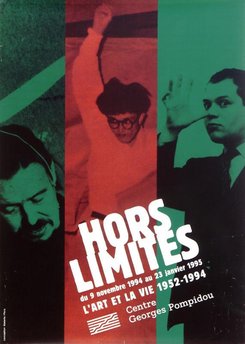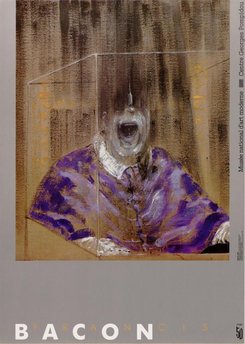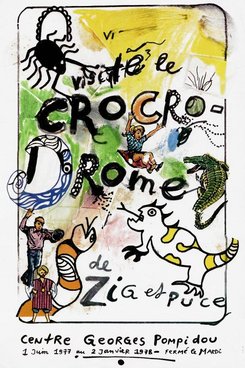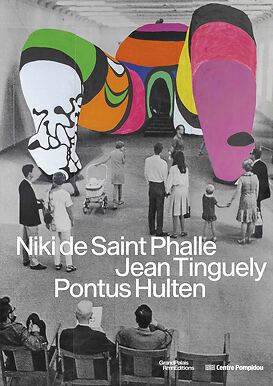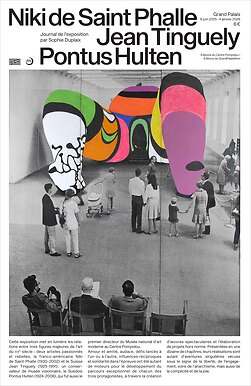Artist/personality
Jean Tinguely
Sculpteur, Peintre

Jean Tinguely
Sculpteur, Peintre
Nationalité suisse
Birth: 1925, Fribourg (Suisse)
Death: 1991, Berne (Suisse)
© Adagp, Paris
Biography
Jean Tinguely’s work is based on movement, chance and sounds. His sculptures, made from the scrap of consumer society, interrogate and unbalance viewers, challenging them with humour and irony. His "anti-machines" produce nothing and introduce failings to industrial techniques to mock their operations. As a representative of New Realism, recognised on the international art scene, Tinguely contributed to the development of kinetic art and innovated in the field of performance. Throughout his career, he questioned the roles of creator, observer and artwork itself. His approach followed in the footsteps of Kurt Schwitters, Hans Arp, Alexander Calder and Marcel Duchamp.
Born in 1925 in Fribourg (Switzerland) to a modest French-speaking family, Jean Tinguely grew up in Basel, where he worked as an interior designer and attended a school of applied arts. In 1953, he left Switzerland for Paris with his wife, artist Eva Aeppli.
Convinced that the time had come to reconsider art’s relationship with the world, he decided to integrate movement into his works. He created mobile paintings operated by a hidden motor, like Méta-Malevitch, Relief méta-mécanique (Meta-Mechanic Relief), as well as sculptures using a crank handle or motor, such as Sculpture méta-mécanique automobile (Automobile Meta-Mechanic Sculpture). In 1959, Tinguely developed his drawing machines, the Méta-matics. Simultaneously sculptures, happenings and drawings, his pieces fed debate on contemporary art for the first time. On 17 March 1960, at the Museum of Modern Art in New York, a monumental machine made of scrap metal and various objects whirred to life before self-destructing before the public’s eyes. This ephemeral performance, Homage to New York, marked a turning point in the artist’s evolution. After his trip to America, Tinguely began a new phase of creation: kinetic reliefs and Méta-matics gave way to noisy machines, made from scrap metal and iron roughly welded together, which he did not even paint. On 27 October 1960, Tinguely signed the Déclaration constitutive du Nouveau Réalisme (Constitutive Declaration of New Realism) alongside seven other artists and art critic Pierre Restany. In opposition to the lyricism of abstract painting at the time, the New Realists promoted the use of everyday objects (La Porte [The Door], Tricycle, Baluba).
In 1960, a relationship began between Tinguely and artist Niki de Saint Phalle. They were a mutual source of inspiration for each other, both personally and artistically. Tinguely found particular fulfilment through exchanges with other artists. One example of this is Le Cyclop (The Cyclops), a monumental sculptural work created between 1971 and 1991 in the woods of Milly-la-Forêt in Essonne. It was a collective project involving several of his friends, including Niki de Saint Phalle, Bernhard Luginbühl, Daniel Spoerri, Rico Weber and Eva Aeppli. In 1977, for the inauguration of the Centre Pompidou, he created a giant mobile and sound sculpture titled Le Crocrodrome de Zig et Puce (Zig and Puce’s Crocrodrome) with Bernhard Luginbühl, Niki de Saint Phalle, Daniel Spoerri, Robert Rauschenberg and Martial Raysse. Tinguely never stopped designing crazy machines, constantly clinking and making strange noises, sometimes spitting out water, like the Fontaine Stravinsky (Stravinsky Fountain) made made in 1983 with Niki de Saint Phalle for the area around the Centre Pompidou, installed in front of IRCAM.
During the 1980s, the theme of death occupied a growing place in his work, as in L'Enfer, un petit début (Hell, A Small Beginning), a piece in which he pushed some of his ideas to the extreme, particularly around movement. From 1985 onwards, his health deteriorated and he had to be hospitalised multiple times. He died in Bern on 30 August 1991.

